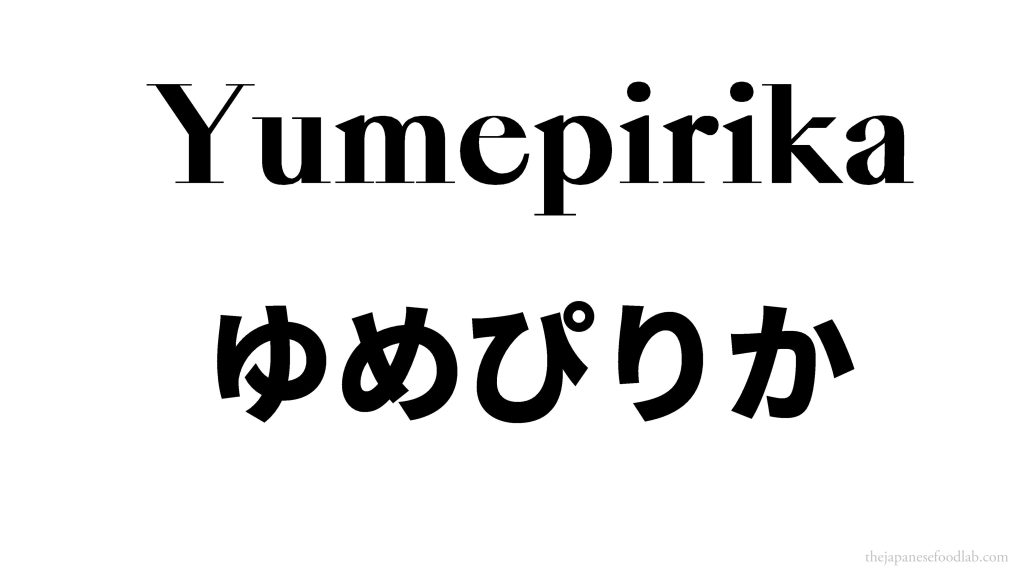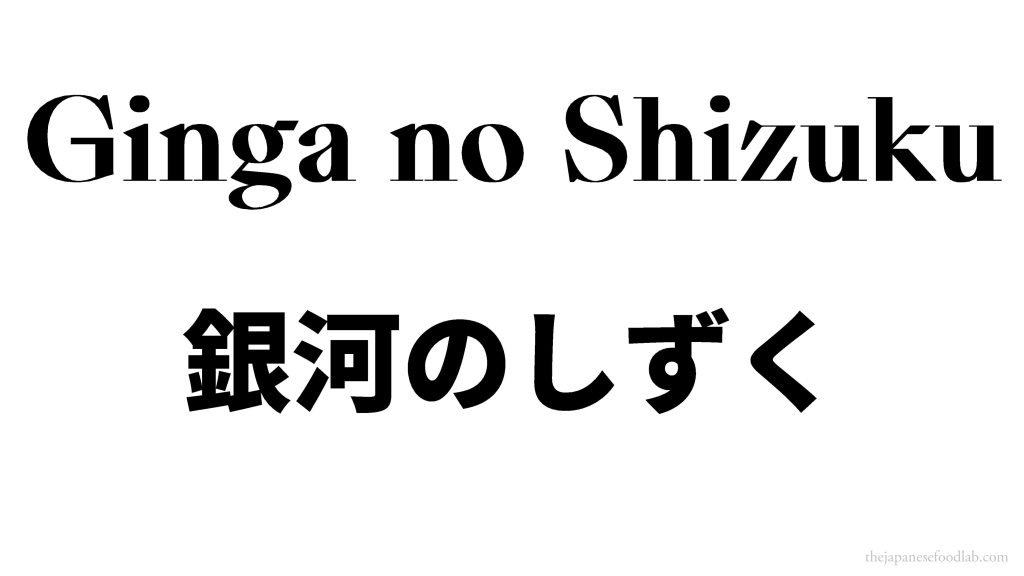
In the world of food, nothing is more elegant yet unassuming than a plain bowl of white rice. Meticulously cooked, it is a vision of purity, each grain distinct and separate, yet forming a seamless whole that speaks of the artistry and care that had gone into its creation. Its pristine color hints at the depth of flavor and texture that awaits. Its flavor is nothing more than plain, but plain in the most perfect kind of way, executed in a manner that can be deemed faultless.
When we first delved into the Japanese culinary landscape, it was hard to understand the cultural obsession surrounding rice. From the electrical behemoths, Zojirushi and Tiger, forever releasing newer and more technologically advanced models of rice cookers, to artisans honing their craft to create the perfect clay pot rice cookers. You’d also see various adverts around the place and on TV depicting freshly cooked bowls of rice, all glossy and steamy. There’d also be different tips and tricks floating around the internet on how to cook better rice, from adding ice to your rice cooker to adding nigari or even rice improver.
After a little more scrutiny, it started to seem as though the concept of a perfect bowl of white rice was akin to a platonic ideal. Something that exists in the abstract, perfect and without flaws. An ideal that chefs and farmers would strive for but can only approximate, never fully achieve.
You’d hear of rice sellers who refuse to sell varieties of rice grown in a particular region to anyone except a select few chefs who they deem to be skilled enough to bring out the true characteristics and flavor of that rice. Or you’d hear about how certain traditional restaurants have a secret blend of different rice varieties in order to complement the food they served.
This entire world that grew out of this simple food staple was something that grabbed our attention and piqued our interest. Even at the restaurant where I worked, Oyakata only believed in this one variety of rice that would match the style of his sushi. And he was right, the large grains of this particular variety of koshihikari rice paired well with his bold style of sushi, being able to stand up against his punchy sushi rice.

We’d previously delved into the different claypot makers who specialize in creating donabe rice cookers, but we also wanted to learn more about the different varieties of rice on the market. Upon further digging around, we soon learned about the more subtle nuances between different varieties and how they may be identified through taste and texture. Unsurprisingly, this experience was not dissimilar to learning to taste any other food substance, be it wine, sake, coffee or tea. More so when you realize that all of them are impacted by the same fundamental influences:
Just like how a place’s terroir manifests itself in the flavor, aroma, and other characteristics of a wine, so too does the climate, diurnal temperature and soil affect the expression of rice varieties in Japan.
Just like how a vine is trained and pruned affects the quality of grapes, so too does the cultivation method affect rice.
Just like how the degree of roasting affects a coffee bean’s flavor, so too does the method of drying affect rice.
If one were to think that wine sommeliers and specialty coffee drinkers shared a degree of snobbery, and that any difference in taste is a mere figment of the imagination, which can be instead attributed to one’s need to justify the price paid, or to feel superior in comparison. Then you might perceive the world of Japanese rice varieties as a whole nother level of pretension, maybe akin to water sommeliers. This is because the perceived differences in taste, aroma and texture of rice are much more minute and elusive, sometimes to the point of making one doubt themselves.
However, if you’ve read this far and are still interested to learn more, below is a compilation of information we have gathered on the most famous varieties of rice in Japan. This is so that you yourself may make a more informed choice, and then decide for yourself whether a difference truly exists or not.
Diving into this world is like jumping straight down a rabbit hole. The information is endless, and it is ever changing. Therefore, this list is by no means exhaustive. However, we’ll do our best to cover the varieties you’d most likely encounter first.
As always, all articles on this site are a work in progress and more information will be added over time. Titles that do not have a hyperlink are in the process of writing yet.
We recommend you read in order:
An introduction rice varieties in Japan
How rice is evaluated in Japan
A closer look at Japanese rice selection charts
In order to familiarize yourself with some background knowledge before delving into individual varieties below (if the image is not clickable the article is in progress):
















